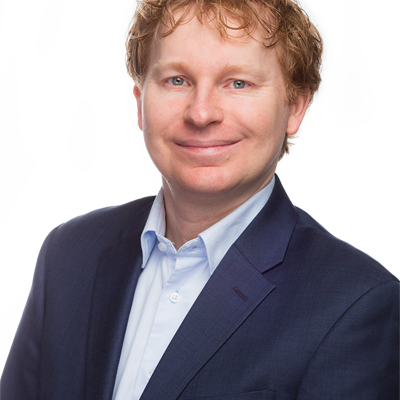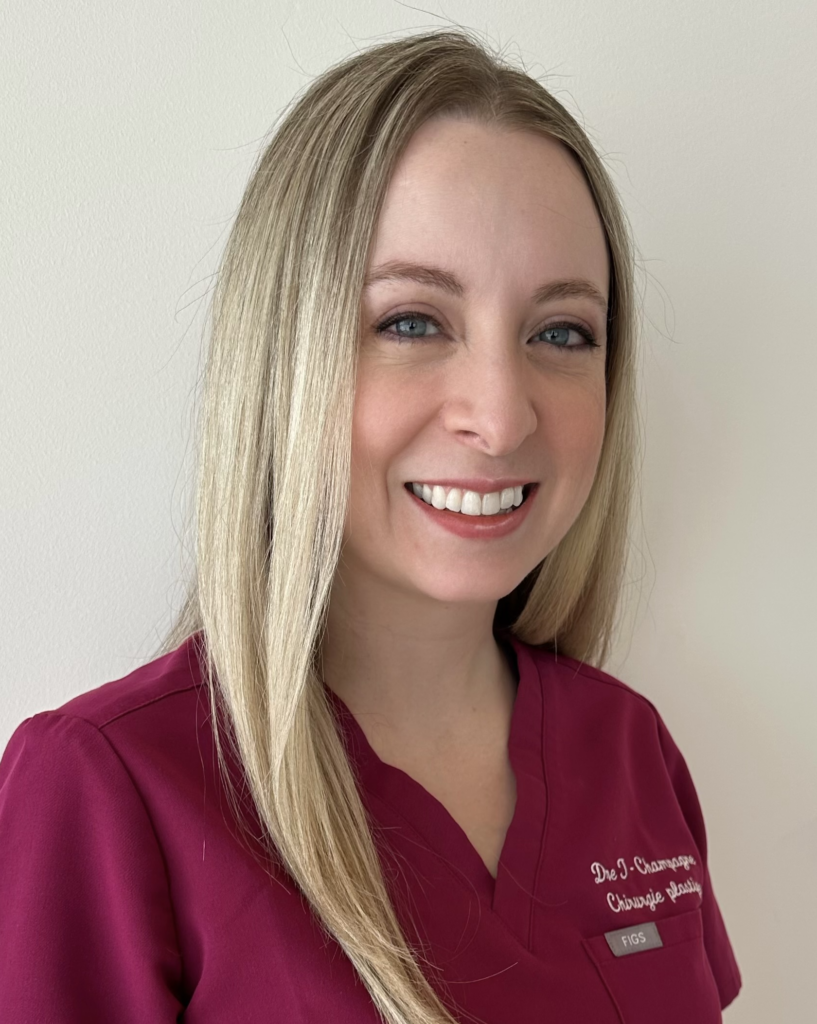Facial rejuvenation procedures can be divided into two main categories: conservative treatments such as botulinum toxin and hyaluronic acid injections, and surgical procedures.
In the case of a facelift and neck lift, excess skin and fat tissue are removed from the face and neck, giving them a more youthful appearance. It results in tighter and smoother skin on the face and neck. The benefits are significant yet subtle.
Our appearance changes continuously over time due to a number of factors. Aging and sun exposure lead to the appearance of deep lines in the skin commonly known as wrinkles. Characterized by loss of volume in the soft tissue and a decrease in muscle tone, the skin of the eyelids, face, chin and neck sags and loses its shape.
Patients considering a face and neck lift wish to regain a youthful appearance. They often describe their faces as “tired” while this does not reflect their actual energy level or youthful outlook.
This procedure is often combined with blepharoplasty (eyelid lift procedure) in order to rejuvenate the entire face at once.

What are the different face and neck lift techniques?
There are various anesthetic options for a face and neck lift procedure, depending on your preference.
Traditional technique
A traditional face and neck lift procedure uses standard incisions concealed in the folds of the face or in the scalp. The length of the scars depends in part on the patient’s anatomy. This technique results in a more reliable and longer lasting change.
Patients who undergo a face and neck lift procedure using the traditional technique are left with redefined facial features and a more youthful appearance. Gravity and age are reversed and facial tissue is gently repositioned.
Limited incision technique
This technique uses a limited incision, resulting in a shorter S-shaped scar at the temples which may be extended around the ears. Additional incisions in the lower eyelid or the lower surface of the chin are sometimes required.
Compared to the traditional method, this technique is suitable for those who require limited correction because it does not significantly affect skin laxity and does not correct the lower contour of the face and neck.
Subcutaneous technique
A subcutaneous face lift changes the size and position of the excess skin and fat in the face, but does not address the deeper muscles and soft tissues.
This technique is limited to cases of excess skin only. It is most often performed during a neck lift using to the traditional technique.
SMAS lift
This technique works on deeper soft tissue and facial muscles by repositioning, tightening and/or removing excess tissue. With this technique, the excess skin is also cut away with care.
It is most often performed during a neck lift using the traditional technique. It raises the cheeks and reduces sagging in the lower face and neck.
Lower face lift
Focused on the lower part of the face and neck, this technique is a combination of face and neck lift procedures. It aims to correct sagging in the chin and neck areas only. It does not apply to the eyebrows, forehead or eyes.
Endoscopic lift
An endoscopic lift only applies to the upper face, i.e., the forehead and eyebrows. An endoscope, a small probe equipped with a camera, is inserted through small incisions in the temple, giving it access to the eyebrows through the inner surface of the forehead.
This technique only corrects the upper face area.
Frequently asked questions
The face and neck lift procedure itself lasts about three and a half hours, but can last longer if combined with eyelid surgery. You must also plan some time for preparation before entering the operating room (30 to 45 minutes) and time to recover from the general anesthesia (1 to 3 hours). You should therefore plan to take a day off from work for your surgery.
You must avoid any intense physical exercise during the first two to three weeks following your surgery in order to give your body a chance to heal comfortably. You can resume your normal physical activities four to six weeks after your surgery. It is important for you to listen to your body. It will tell you if you are ready to exercise and how much exercise you can handle. Pain or discomfort when exercising is a sign that your body is not quite healed and that it would be better to wait a few weeks before trying again.
Moreover, it is important to avoid prolonged sun exposure to allow optimal healing of your scars. It is recommended to apply sunscreen with a minimum SPF of 50 when you go outdoors, regardless of weather conditions, to protect your face.
Infection
Despite the use of standard preventive measures and antiseptic techniques, there remains a slight chance of infection at the surgery site. An infection could cause redness, pain, heat or swelling on your face. It may also cause a fever of 38.5°C or more. We recommend that you contact us immediately if you notice any of these symptoms, so that we may perform the appropriate tests and administer any necessary treatments.
Hematoma
During your surgery, we are careful to cauterize the blood vessels, so as to minimize blood loss. It is normal for there to be traces of blood in your dressings. Bleeding rarely continues beyond the surgery and in few cases, a hematoma (accumulation of blood) may form inside your face.
If you experience significant and disproportionate pain in your face within 24 to 48 hours of your surgery, if your face seems to swell, contact us so that we may re-examine you prior to your follow-up appointment.
The ideal patient for this procedure is in good general health, physically fit and at an ideal body weight (or has reached a stable weight after significant weight loss).
This surgery may not be suitable for you if you have complex health issues for which you are currently being treated. If you are significantly overweight, it is recommended you lose some weight before surgery to ensure the most aesthetically appealing result and decrease your risk of complications. Furthermore, this procedure is not performed on patients who are not psychologically prepared for surgery.
A face and neck lift results in a rejuvenating effect that can last for many years. However, your appearance will continue to evolve over time, as with any cosmetic surgery. With time, you may appear younger than you would have without the procedure, but your skin will not look taut or abnormal.
However, it is important to pay attention to skin care and avoid sun exposure in order to extend the results of your surgery. After many years, new signs of aging can appear and a second face and neck lift procedure may be recommended. This procedure is not usually required until ten or even fifteen years after the initial surgery.
This surgery can be done under general anesthesia, where you will be completely asleep for the duration of the procedure. In other words, you’ll be blissfully unaware throughout the surgery. If you choose this option, be prepared to spend one to three hours in the recovery room after the operation and have a reliable person or a taxi pick you up from the clinic.
You can also have surgery under local anesthesia with conscious sedation. Your face will be anesthetized (frozen) using injections (like at the dentist) and you will receive intravenous medication that will make you sleepy and disassociated from events for the duration of the procedure. There will be a short waiting period after surgery to recover before you leave the clinic.
The final cost of your treatments will be calculated on an individual basis in accordance with your needs. The cost generally varies between $14,190 and $23,250. However, additional charges may apply if the patient has a particular condition or if different surgeries are combined.
Our specialists

PLASTIC AND AESTHETIC SURGEON
Dr. Mario Luc
- 450-241-6045

PLASTIC AND AESTHETIC SURGEON
Dr. Marie-Pascale Tremblay-Champagne
- 450-241-6045
Cosmetic surgeries
Make an appointment with a surgeon
Call Us
We would be glad to help you through the process by answering all your questions and allaying your concerns.